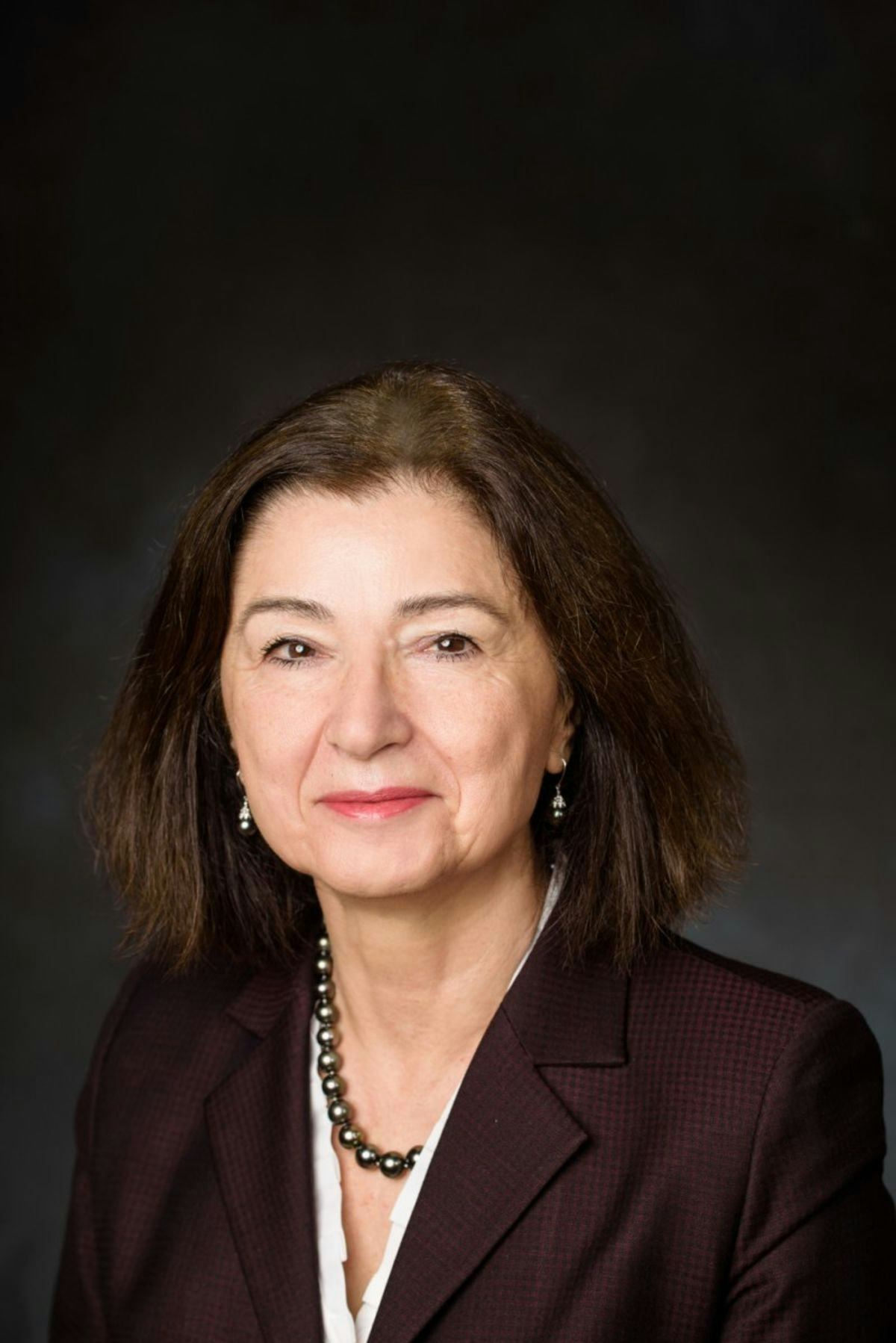Amid Uncertainty and Fear, Stochastic Modeling of COVID-19 Could Keep Us One Step Ahead
Stevens Professor Darinka Dentcheva demystifies mathematical models of pandemics, offering hope
On January 30, the outbreak of COVID-19 was declared a “public health emergency of international concern” by the World Health Organization. The virus, first reported in Wuhan, China just one month prior, has quickly swept across the world, leaving a devastating death toll in its path that has not discriminated by borders or geography. While hospitals are overwhelmed by infected patients and resources such as ventilators and face shields are limited, predicting how the disease will move regionally is not only a complex biological and mathematical order, but also one that calls upon competing resources.
Amid the crisis we may wonder, are we beyond the point that random testing could help?
Not so, according to Darinka Dentcheva, professor and chair of the Department of Mathematical Sciences at Stevens Institute of Technology.
“More testing would be helpful,” she said. “For a better picture of the situation with this infection, we need random testing of people with no symptoms.”
In a perfect world, the availability of these tests would be unlimited. But of course, our reality does not grant that luxury.
“So far people are preoccupied with the sick who really need it, and this is justified, of course. Given limited resources, we need to reserve these for the sick. But for as many test kits are available or can be produced—[it would be valuable to obtain] a sample of people who aren’t sick.”
The complex tools for analyzing this kind of random testing have already been developed.
“One has to have a mathematical model,” Dentcheva explained. “We want to create a spatial temporal model of the number of infected people, and how the virus is spreading. This is a very rapidly developing situation, so we have to have a good model for the dynamics of the epidemic. Additionally, we may want to consider a decision problem to support allocation of resources given the dynamics and distribution of infection.
“Virologists know how the virus passes between people at all stages,” she continued. "Biological insight of the dynamic is needed for a good mathematical model that reflects how infection is passed to family members, neighbors, and so on. From that point, one has to create an aggregate model to reflect the effects for a larger population.”
While we can’t yet know with certainty just how accurate existing mathematical models of COVID-19 will prove, it is clear that these models are invaluable.
“We already have exactly such methods—such as the mathematical tools we teach in our data science classes—for processes in which we are interested in geographical dynamics: to see how the infections are spread geographically, and to try to predict where they will develop. We also teach how to devise optimal policies for steering—that is, controlling—dynamical systems driven by stochastic processes.”
That prediction of where the virus will move next could save thousands of lives, if the necessary preventative and response measures are swiftly implemented.
Nature recently reported how simulations such as stochastic modeling—that is, mathematical models that consider risk amid uncertain factors—have already informed world leaders of the potential impact of the virus, prompting calls for social distancing and self-quarantines as critical preventative measures.
Stochastic modeling is the very emphasis of Dentcheva’s research in the mathematics department at the Charles V. Schaefer, Jr. School of Engineering and Science, which offers a master’s program in stochastic systems and optimization with real-world applications—applications that are more timely than ever.
Dentcheva compared random testing to random polling, when various groups of people are asked for their opinion on any given matter, whether in service of predicting election outcomes, or tracking benign preferences.
Like random polling, random testing takes into account the same mathematical challenges. “The dynamic is very quick,” said Dentcheva. “[We create these models] to predict where things will develop faster than other things. You can also see by statistical means which groups are mostly affected, most at risk, and so on.”
Additionally, we can use these statistical models in an optimization framework.
“Mathematical methods of stochastic and risk-averse optimization would help us to devise optimal resource allocation in this difficult, dynamic situation,” Dentcheva explained. “In a complex system like this, prediction is not enough to ‘eyeball’ a good course of action in response. We need more sophisticated tools for decision support as to when, where, and how to allocate our limited resources in order to achieve the best effect in slowing down the epidemic and helping the sick.”
While stochastic modeling could help us better understand how the virus is moving, data science and machine learning, Dentcheva explained, may also play pivotal roles in identifying solutions, as they aid in the discovery of new technologies. That new technology could be a drug, or a vaccine.
Experts from diverse fields are tirelessly searching for more effective or novel treatments. Tracking the spread of the disease, and perhaps even finding a cure—we can hope—will be an interdisciplinary task.
But the models alone are not enough, Dentcheva warned.
“Just the model doesn’t help us; we also have to act. We need competent and decisive actors who will introduce the appropriate next steps. ”
Learn more about applied mathematics at Stevens:



